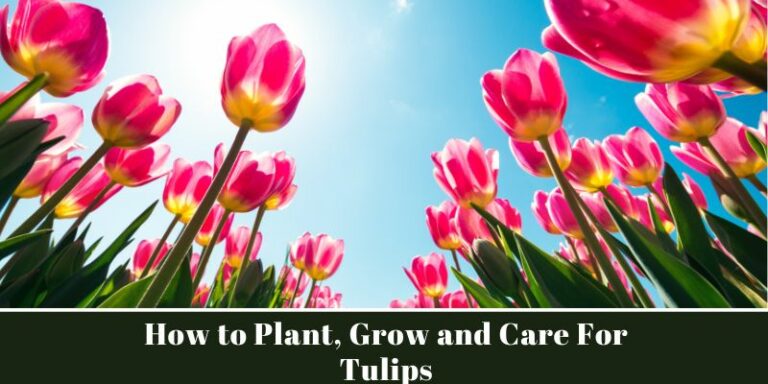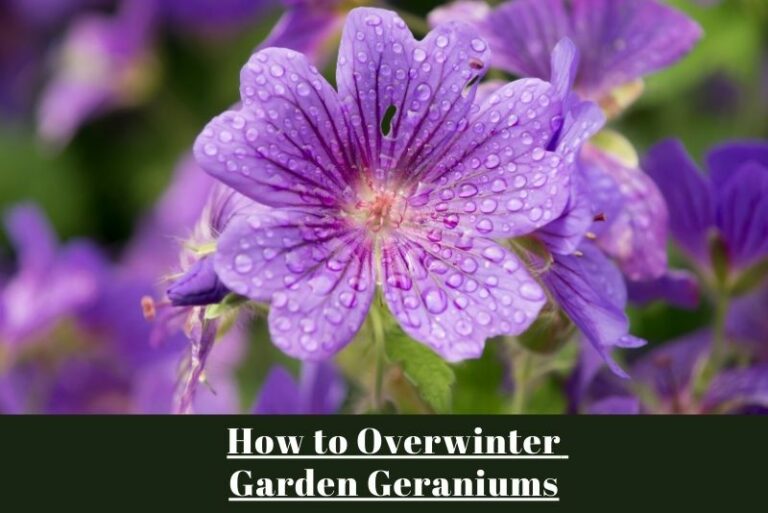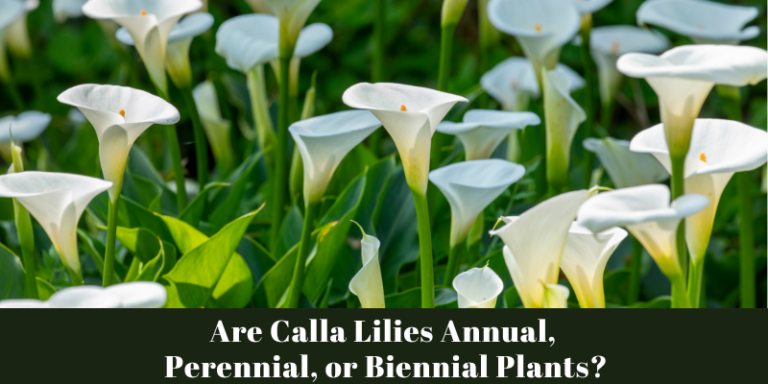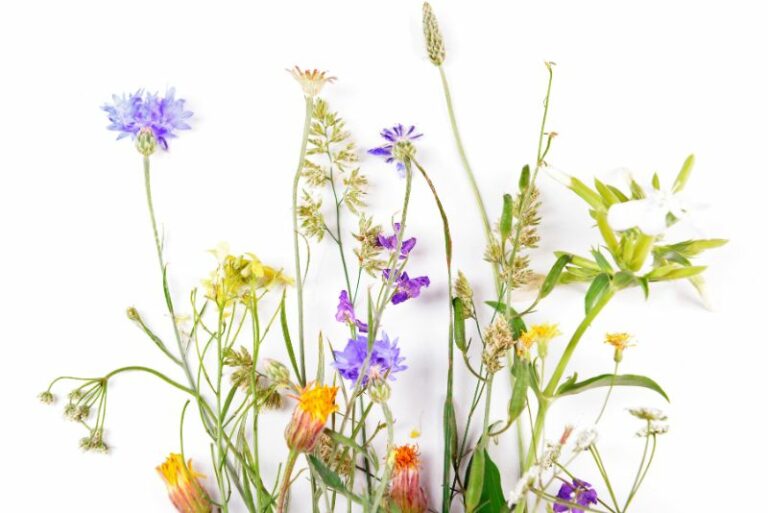How to Plant and Grow Lavender: Your Comprehensive Guide
Lavender, with its fragrant blooms and multitude of uses, has become a staple in many gardens across the world. Whether you’re a seasoned gardener or just starting out, mastering the art of cultivating lavender can add a touch of beauty and tranquility to any outdoor space. In this extensive guide, we’ll walk you through everything you need to know to plant, nurture, and harvest your own lavender crop, ensuring you get the most out of this beloved plant.
Before we dig into the dirt, remember that lavender, while relatively hardy, has its own set of preferences and peculiarities. By heeding our advice, you’ll be able to confidently grow lavender that not only survives but thrives in its new home.
Choosing the Right Lavender
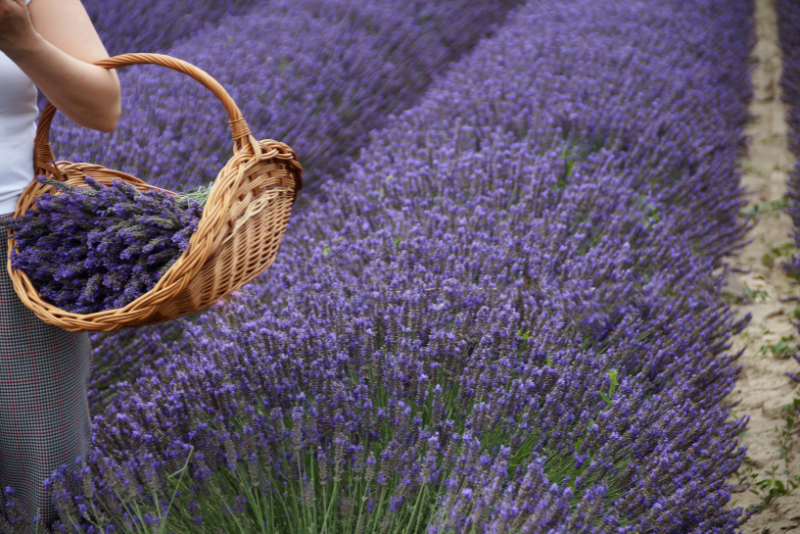
Selecting the right lavender plant is the first crucial step towards a successful harvest. Lavender comes in many varieties, each with its own unique features and requirements.
Types of Lavender Plants
The most commonly cultivated types include English lavender (Lavandula angustifolia), which is known for its sweet aroma and is favored for its oil, and French lavender (Lavandula dentata), with its distinctive serrated leaves and an elegant yet less intense fragrance.
Other varieties, such as the Lavandula stoechas (Spanish lavender), which has a bloom with a pineapple top, add a unique flair to your garden or bouquet.
Factors to Consider
When choosing your lavender, there are a few things to keep in mind. Consider the climate in your area. Lavender generally prefers sunny, dry conditions and can struggle in high humidity. Additionally, think about the space you have and the purpose of the plant — is it for landscaping, oil production, culinary use, or maybe for crafting and scenting your home?
Make sure to check the expected mature size of the varieties you’re interested in and ensure it’ll fit well in your planned location.
Planting Lavender
Getting your lavender off to a good start begins with planting. The process is as much about timing and preparation as it is about the act of putting the plant into the soil.
Soil Preparation and Drainage
Lavender despises ‘wet feet.’ Ensuring that the soil is loose and well-draining is critical. Heavy or waterlogged soil can lead to root rot and the demise of your plants. If your soil is not naturally well-draining, consider raised beds or add organic matter and sand to improve the texture.
Best Planting Time and Spacing
Lavender is best planted in the spring, once the threat of frost has passed. Space plants according to their varieties, usually between 12-36 inches apart depending on the mature size.
Step-by-Step Planting Process
Here’s how to properly plant lavender:
- Prepare the soil as described above.
- Dig a hole slightly larger than the pot the lavender came in.
- Place the lavender in the hole so that it’s even with the surrounding soil.
- Fill in the hole, tamp down the soil lightly, and water thoroughly.
If planting lavender in pots, pick a container with drainage holes and add a layer of rocks or grit at the bottom to facilitate soil drainage.
Caring for Lavender
Once your lavender is in the ground, the real work begins. Proper care is essential for maintaining healthy, vibrant plants that produce ample blooms and fragrances.
Watering Needs and Frequency
Lavender is drought-tolerant once established, but it does require some water, especially during the first growing season. Water deeply but infrequently, allowing the soil to dry out between watering to prevent root rot.
Pruning Techniques
Pruning lavender not only keeps it looking neat but also promotes new growth. In late spring, after the first flush of flowers, prune back the stems lightly, cutting off about one-third of the plant. This will encourage bushiness and more blooms.
Fertilization and Soil Maintenance
Fertilize sparingly with a balanced, all-purpose fertilizer in the spring, around the time of the first pruning. Otherwise, lavender isn’t overly needy when it comes to nutrients. Aim to keep the soil around the plants free of weeds, and refresh the mulch to assist with water retention.
Harvesting and Using Lavender
The joy of growing lavender can culminate in the harvest, where you get to enjoy your plants’ most prized feature — the fragrant blooms.
Harvesting Blooms
The best time to harvest is when the buds have just begun to open. Cut the stems just above the leaves and gather into small bundles. You can harvest multiple times during the blooming period but be sure to leave some flowers for the pollinators.
Drying and Storing Lavender
Tie your harvested bundles and hang them upside down in a cool, dry place out of direct sunlight. Once dried, strip the buds and store them in airtight containers away from light and heat.
Creative Uses
Lavender has a multitude of uses. You can:
- Infuse your own oils for massages and baths.
- Make sachets for closets.
- Incorporate it into baking and cooking (in moderation).
- Create your own home cleaning products for a fragrant and natural touch.
Troubleshooting Common Lavender Issues
No garden is without its challenges, and lavender is no exception. Here are some common issues and how to address them.
Pest Management
Lavender is relatively pest-resistant, but it can fall victim to aphids, spider mites, and root rot. For insects, a strong stream of water or insecticidal soap can often solve the problem. For root rot, prevention is key — ensure the soil is well-draining and don’t overwater.
Disease Prevention and Treatment
The most common disease that affects lavender is root rot, usually caused by overwatering in poorly draining soil. To prevent, ensure you plant in well-draining soil mix and allow for proper air circulation around the plants.
A good general practice to maintain the health of your lavender is to give your plants plenty of sun, space them generously, and avoid overhead watering.
Conclusion
Lavender is not just another pretty flower in the garden — it’s a versatile plant with numerous practical applications. By following the guidelines in this comprehensive guide, you’ll be well on your way to growing a dreamy lavender garden that’s not only visually stunning but also functional. Remember, patience and a mindful approach to care are the keys to unlocking the full potential of this botanical gem.


